Advertisement
Your love letters to trees
Like any self-respecting New Englander, there is so much I love about fall. One of my favorite signs the season is in full swing is when the leaves change on the deciduous trees that make up so much of the region's foliage: your oaks, your maples, your elms.
A beloved harbinger of autumn for me is when a giant, ivy-covered tree outside my neighbors' house bursts into golden tones of orange, yellow and red. It is truly a breathtaking beauty.
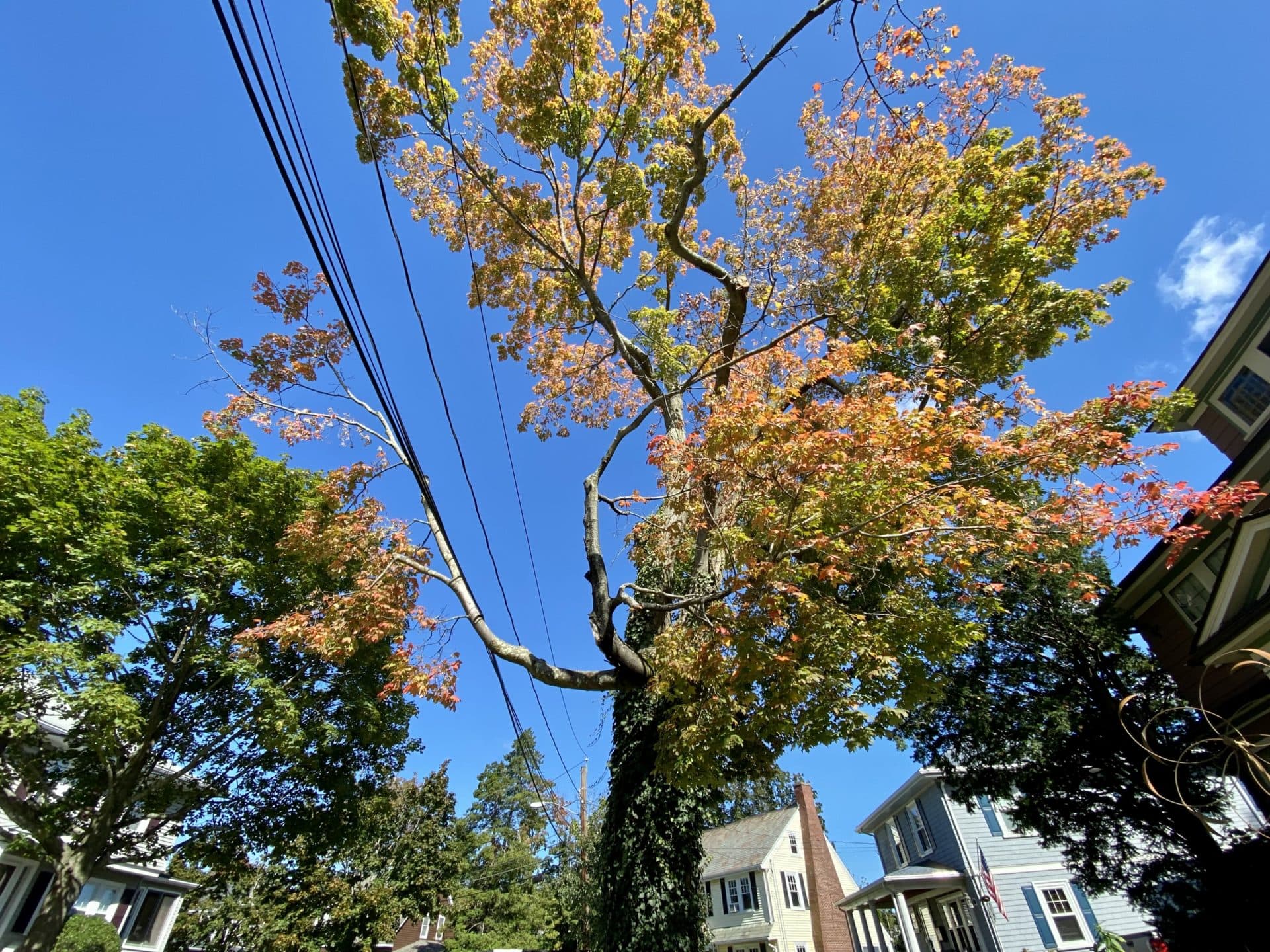
We know now that trees aren't just beautiful to look at — they're also deeply beneficial to our health, both physical and mental.
My colleague Martha Bebinger recently covered the wide-ranging benefits of trees: they store carbon dioxide; they filter the air; they absorb chemicals from the soil so your drinking water is clean. Some studies suggest that spending time outdoors with trees leads to better health and a greater sense of well-being.
With that in mind, we asked our readers to tell us about the special trees in their lives. We got many lovely responses. Here are some of our favorites, in no particular order. (Editor's note: Some of the submissions have been lightly edited for clarity).
A beech in Winchester
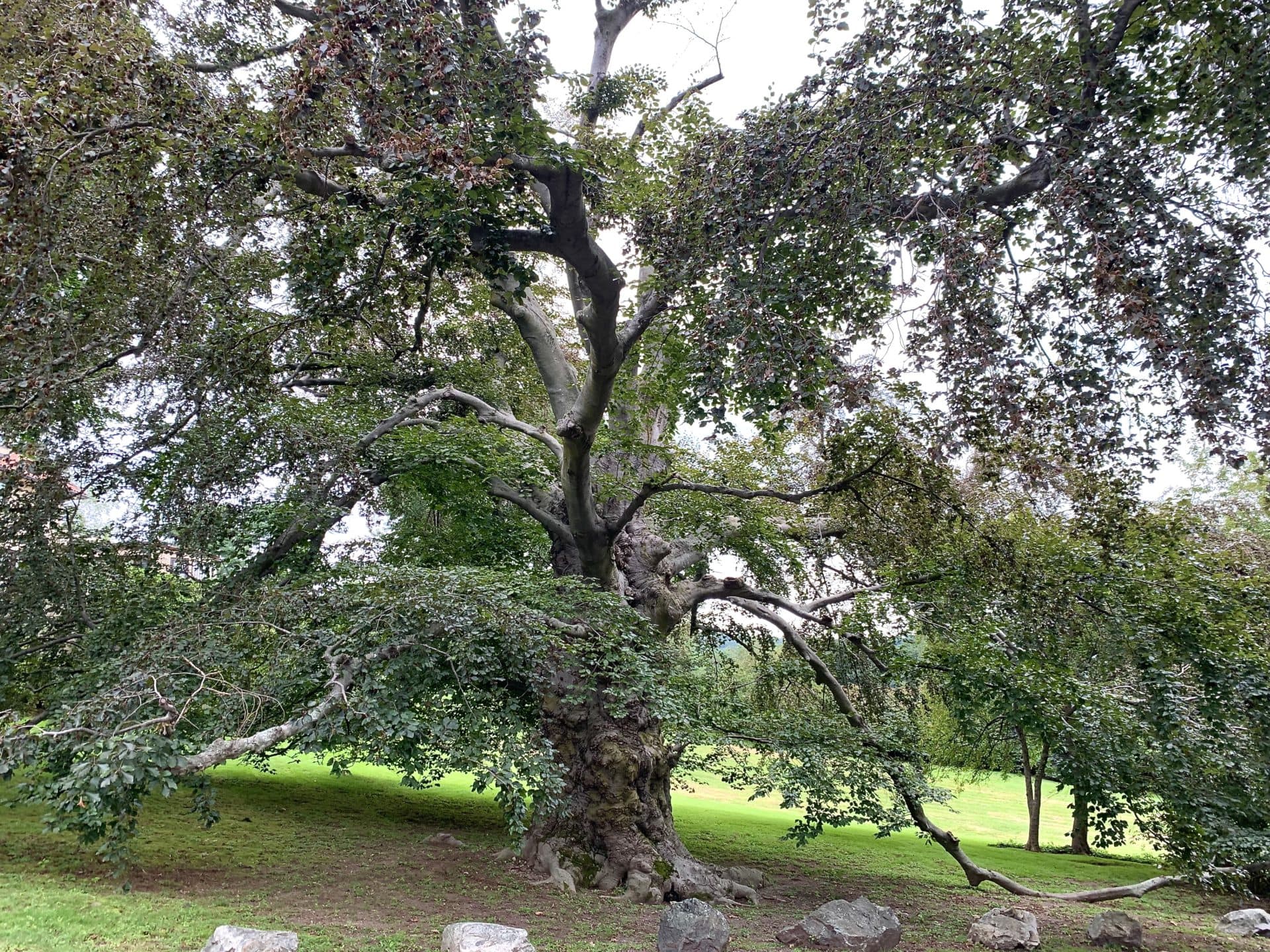
Paulette Schwartz, of Winchester, sent this picture of a large beech tree on Winchester Road near the Winchester Country Club.
"My friend Joanne and I walked past it every day during the first year of the pandemic. It was an important part of our ritual walk, a symbol or resiliency and endurance. We named it Benjamin and would stop each day to touch it, and yes we have hugged it!! Early on it looked like it was 'suffering' with some broken branches. We were relieved when it was finally trimmed. Joanne left a thank you note for the owners (who we do not know).
"For the past few months I have been working on a children’s book about this remarkable tree — it’s entitled Benjamin and Willow. It’s about a little girl who finds solace and inspiration in her encounter with Benjamin," wrote Schwartz.
A Japanese red maple in Brookline
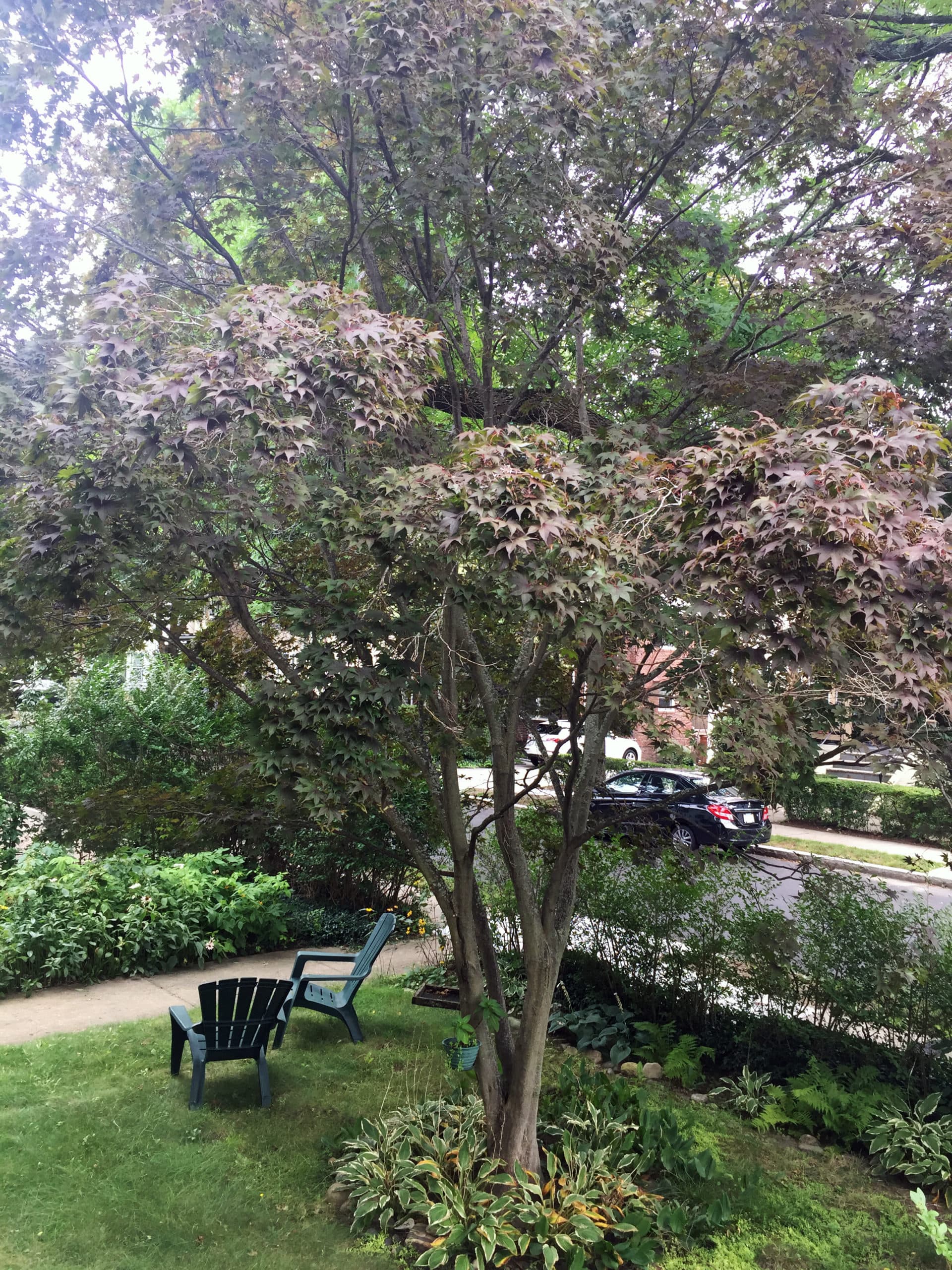
"The Japanese red maple in my yard provides a shady place to sit in hot weather and turns a glorious red in autumn.
"I love that it generously gives me a lot of offspring, which I plant for my own yard plus give away to others," wrote Heidi Helf, of Brookline.
A native black cherry in Cambridge

"My favorite tree is a native black cherry. It is a member of a grove of backyard trees between Fayette and Antrim streets in Cambridge. I see it every day from my house and admire its resourcefulness and strength. It is at the corner of four lots, so neighbors enjoy its presence, too, as do many birds," said John Pitkin, of Cambridge.
A maple in Swampscott
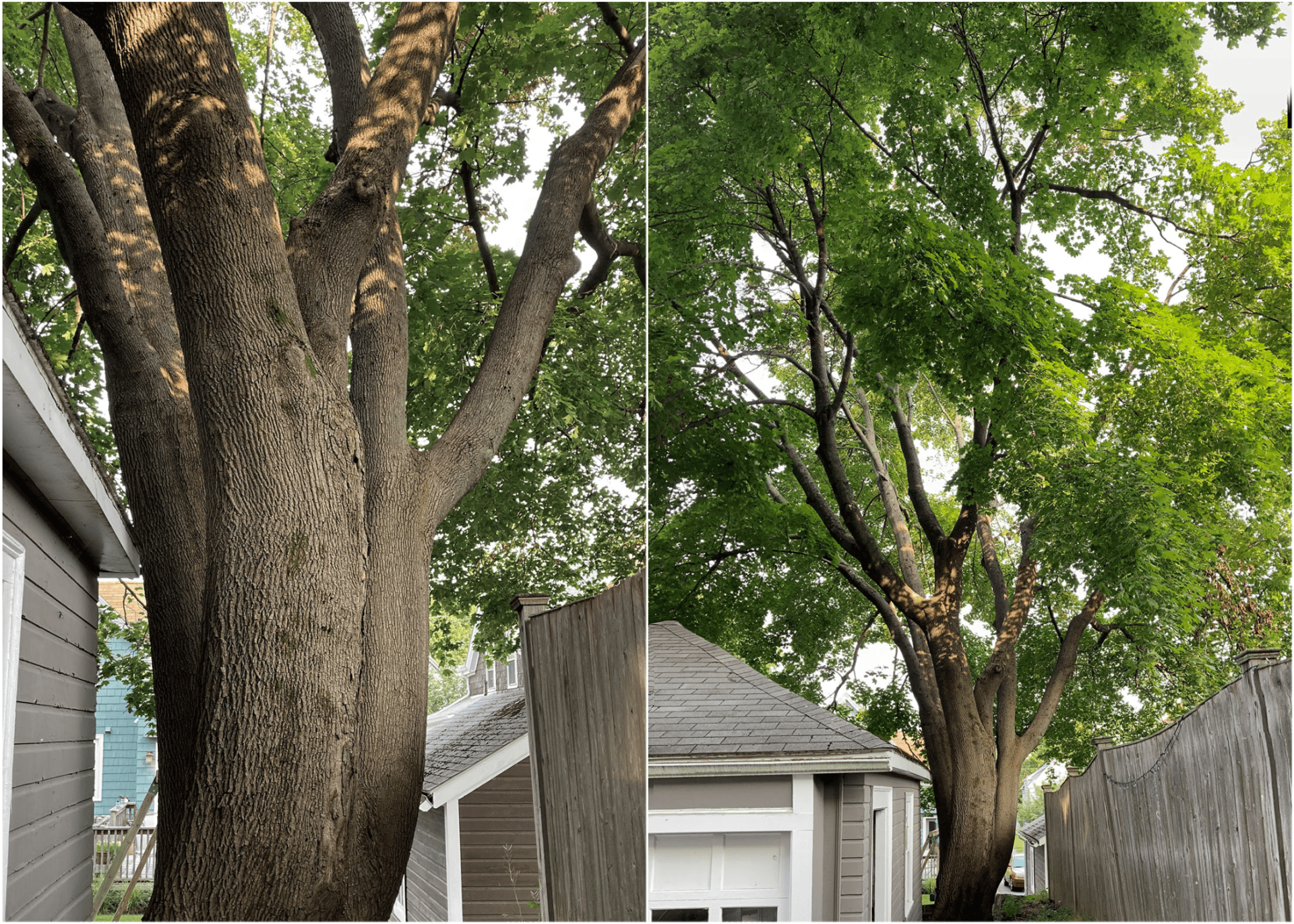
Trees can also be a sign of resilience, as Deb Newman wrote about her maple tree. It was struck by lightning about 20 years ago and was split right down the middle. Instead of cutting it down, Newman enlisted the help of a local arborist, who used cables that allowed the 3.5-foot diameter trunk to fuse back together.
A neighbor suggested she cut it down, but Newman said, "I reminded him not only of the tree's beauty, long life, otherwise good health, and the shade afforded him and another neighbor by its lovely, lush canopy, but also its status as home to squirrels and perch to several backyard bird species."
Climbing a tree in Milton
Sandy Kirchner grew up climbing trees in Worcester.
"My friends and I loved to shimmy up birches as high as we could go and then 'swing' in them to our hearts delight!" she wrote. "Now that I’m 81, my family shudders every time I tell them I’m looking for the just right tree for an ancient mariner to climb.
"During my COVID isolation, I made the promise to myself that when it was over I WOULD climb a tree. Well, it’s not over, but I couldn’t wait. So I climbed one here at my retirement center in the spring when things were just beginning to open up! So empowering!"
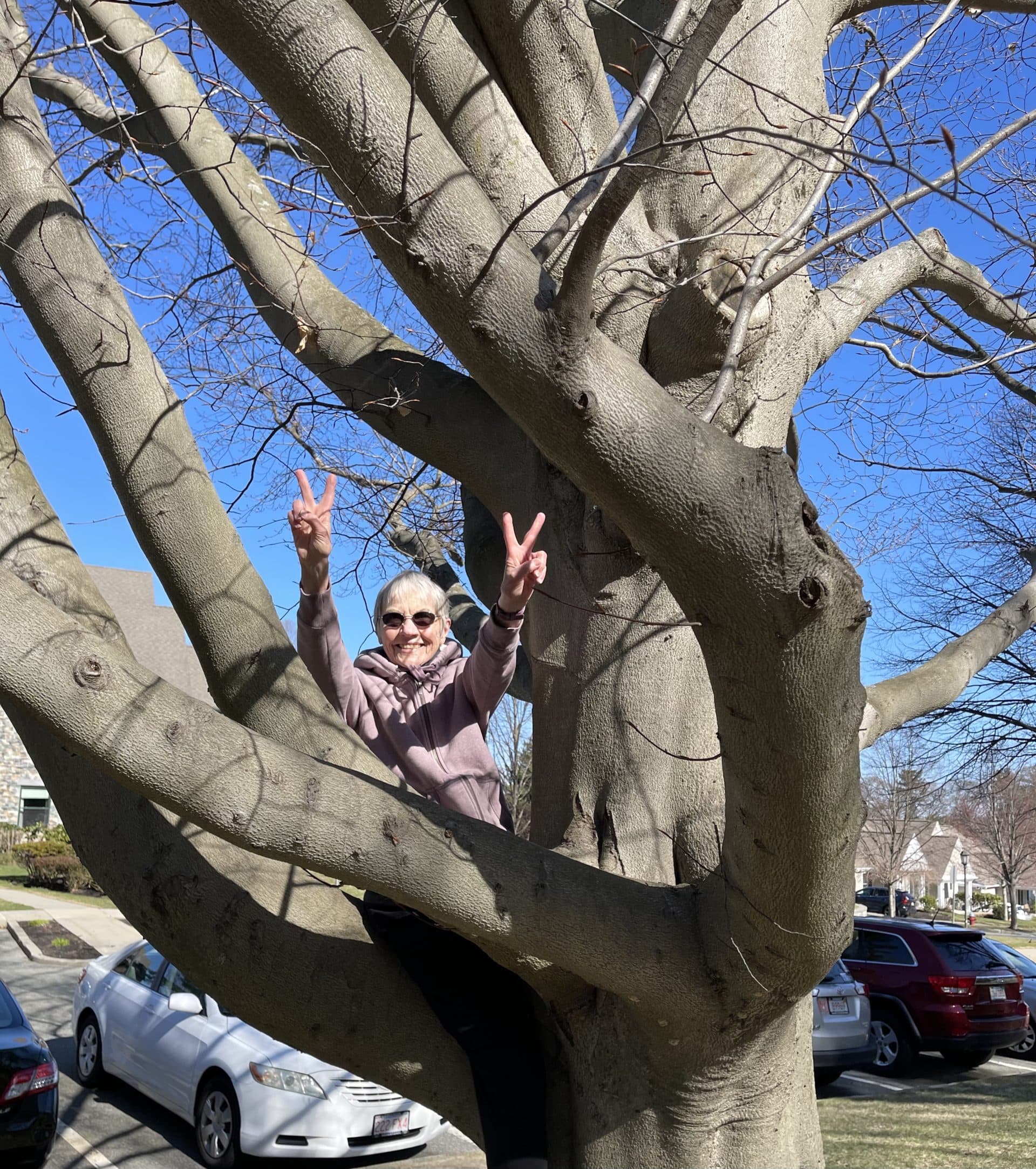
An American chestnut in Boston
Franco Campanello, president of the Southwest Corridor Park Conservancy of Boston, sent in a missive about an American chestnut tree he nicknamed "Josephine."
He wrote, "The American chestnut was once the predominant tree in eastern North America, but due to a fungus imported from Europe a century ago, almost all died. There has been a concerted effort to restore the trees for the past 50 years with some success.
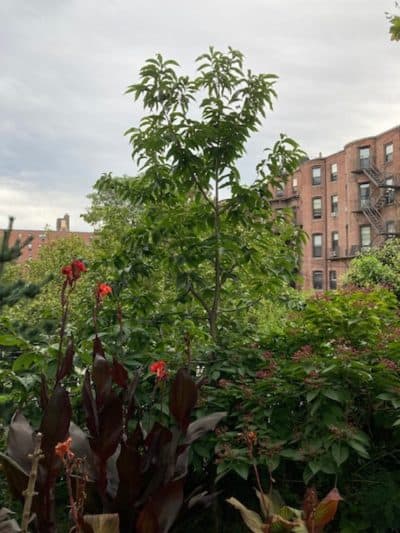
"I found the tree quite by accident at the Native Plant Trust in 2017. In four years it has grown to almost 20 feet. Last year it produced abundant seeds. That a tree this young could produce chestnuts is extremely rare. Once the trees reach 20 feet tall, the fungus attacks the chestnut tree, and it dies. Each year that the tree survives going forward, makes this tree very special, indeed.
"I love this tree for what it teaches:
- That the toughness of these trees offers hope for the natural world in the face of severe climate change and environmental destruction.
- That the human species can assist in the restoration of a species. Since humans brought the fungus from Europe, a concerted effort between the science community and the public to restore the species to health gives me great hope.
- Seeing this tree grow every day reminds me that we have only today. But with hope, I will see her every day for the rest of my life.
Advertisement
"You can see Josephine on the Corridor Park, between West Newton Street and Braddock Park [in Boston]. Please go visit her and give her your good thoughts for her survival."
A magnolia in Wakefield
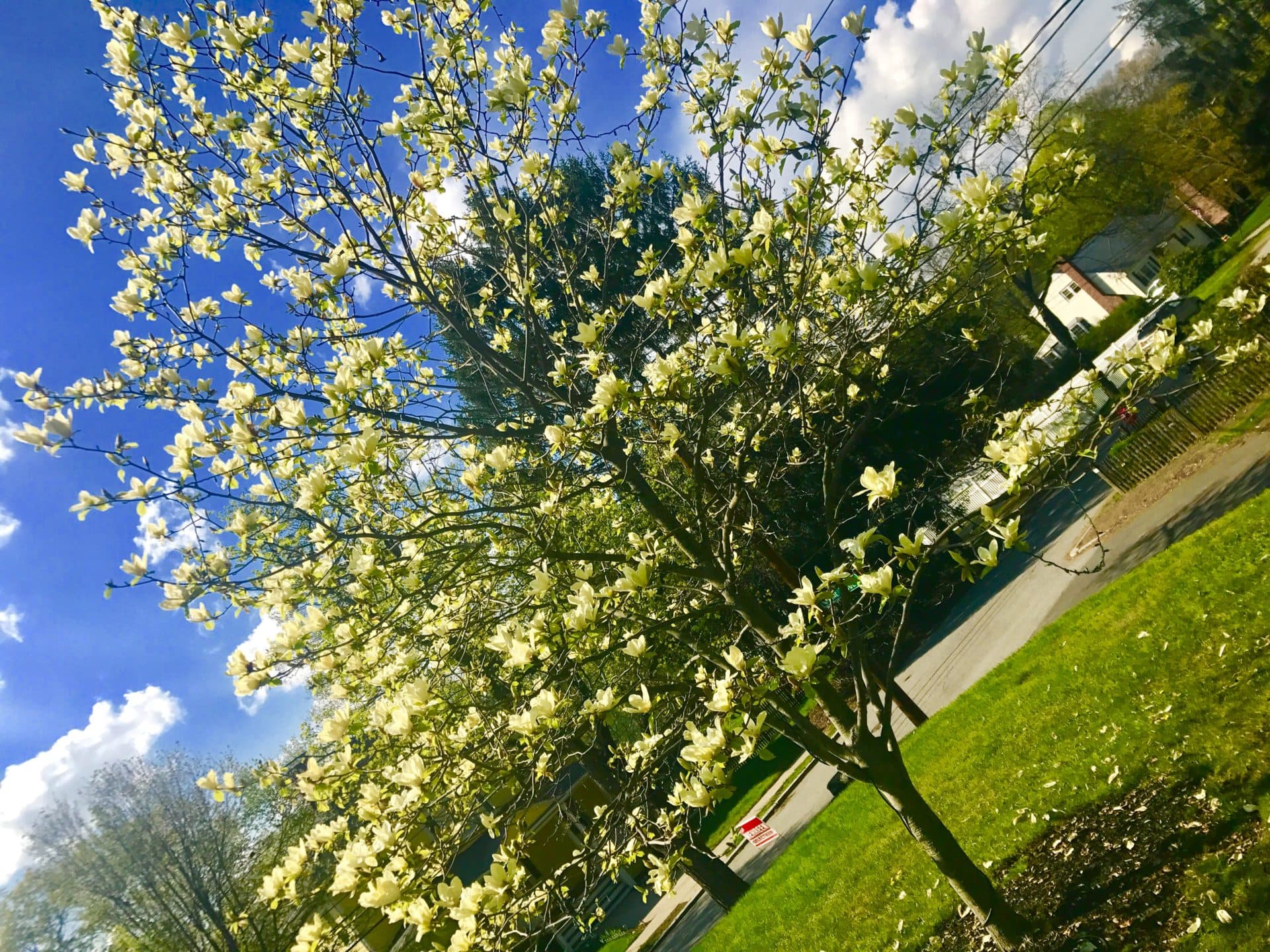
Colleen Guida sent this picture of her magnolia tree blossoming in her front yard last spring.
"This beauty only blooms for about two weeks out of the year," she wrote. "I look forward to its blooming as the flowers are exotic and breathtaking. It makes me smile and appreciate the beauty of seasons, as its flowering is a sign of warm weather to come."
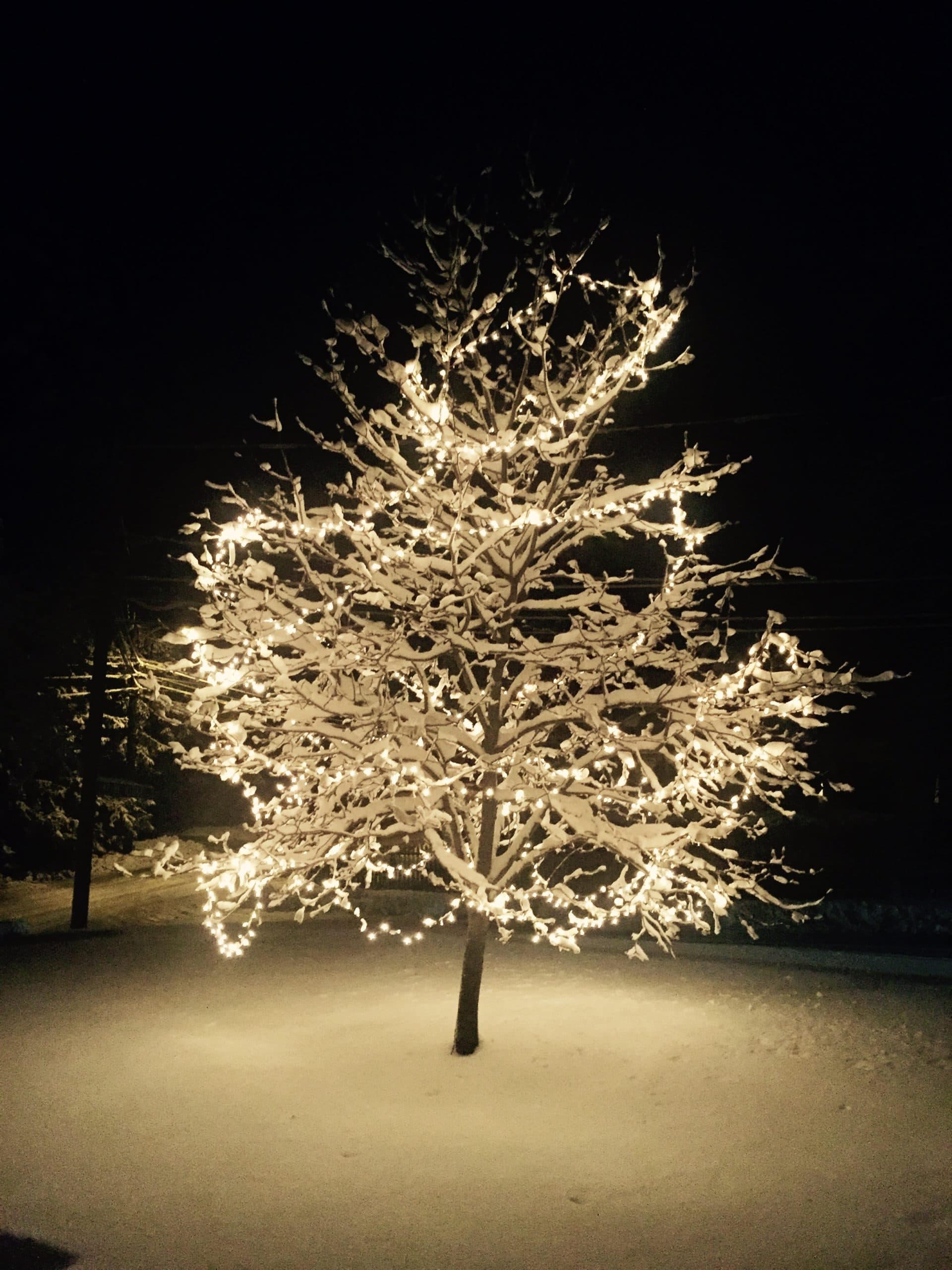
"Conversely, when this tree is bare it provides great beauty and peace in the winter when we string lights upon it for the holidays. Its branches are sturdy enough to bear the weight of just enough snow to add to the illumination. We leave the lights up all season. I always make sure it’s lit during night snow storms to bring some happiness to the exhausted plow drivers. This year, my entire street committed to a full season of illumination to bring feelings of hope during a time of challenge, loss, uncertainty and sadness."
A poem about the emotional solace from trees
We received this poem from Johanna Ehrmann, who wrote it during the first couple of weeks into the pandemic in 2020.
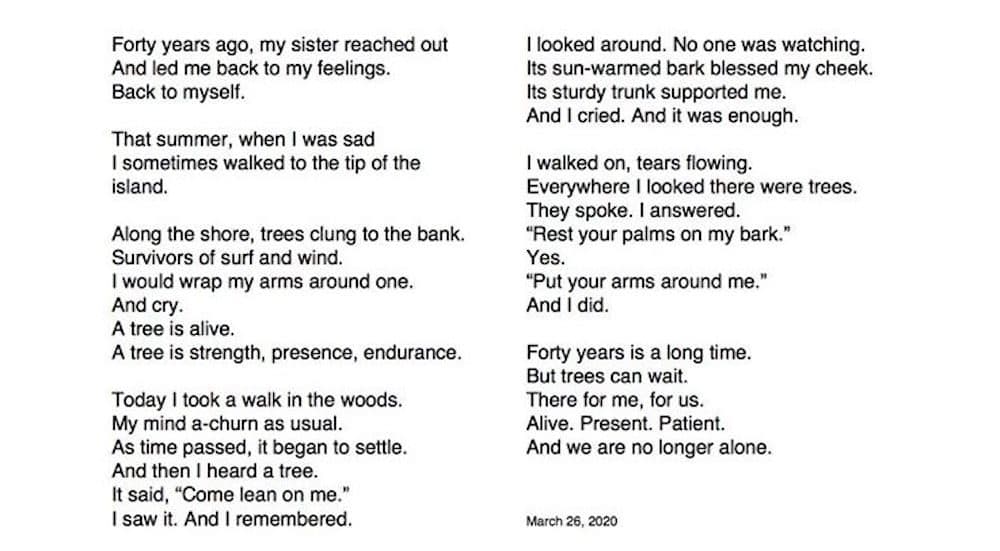
Thanks to everyone who wrote us. It's clear that trees hold a special place in many people's hearts. Earlier this summer, we connected with four Bostonians about their trees and asked them to use the MyTree tool to learn the scientific benefits of their trees, like how much pollution it removes from the air.
You can watch a video about their special trees and the tool they used here:
We'd love to hear more about a tree in your life. Leave a comment below or tag us on Twitter or Instagram @wbur.

